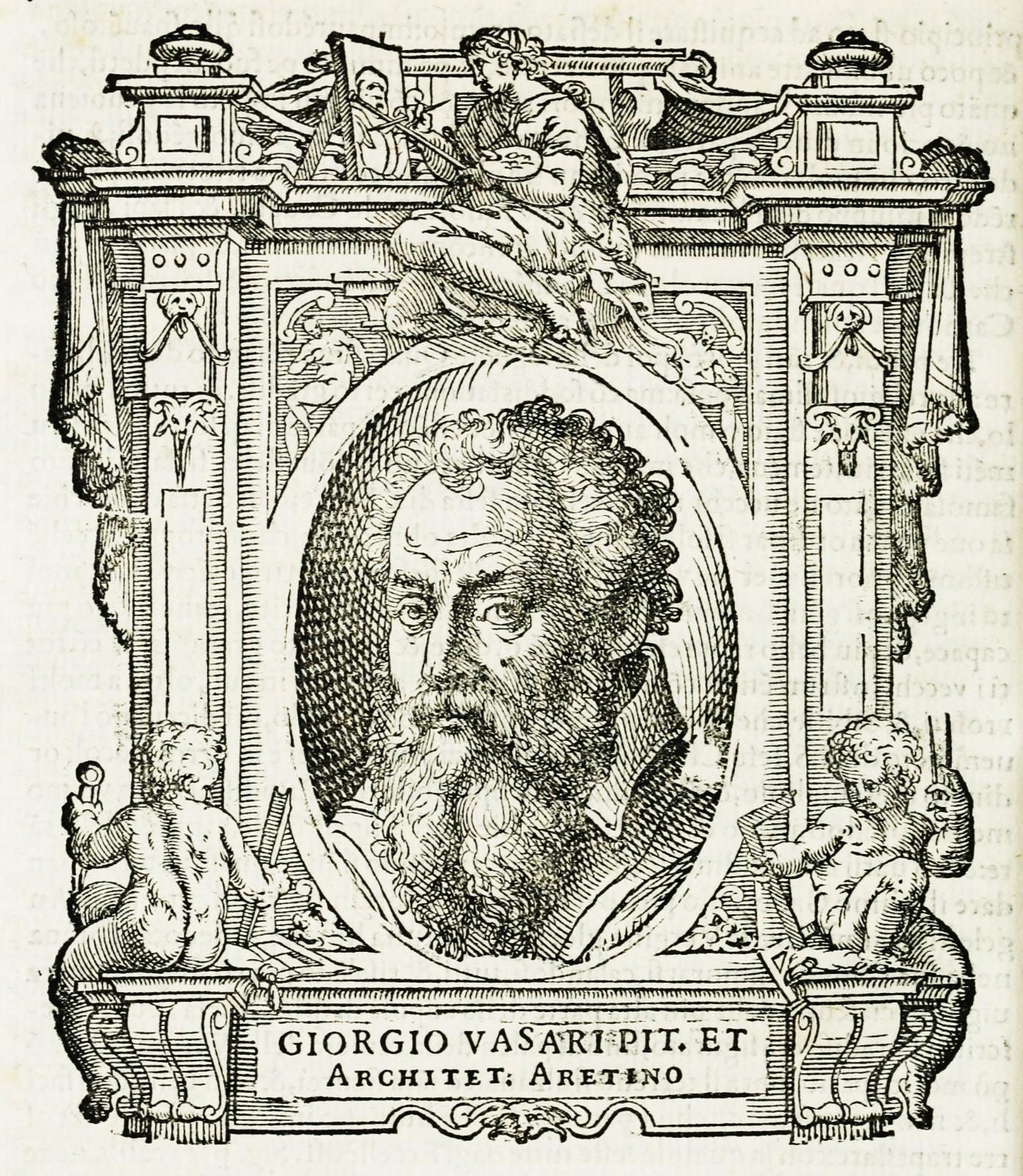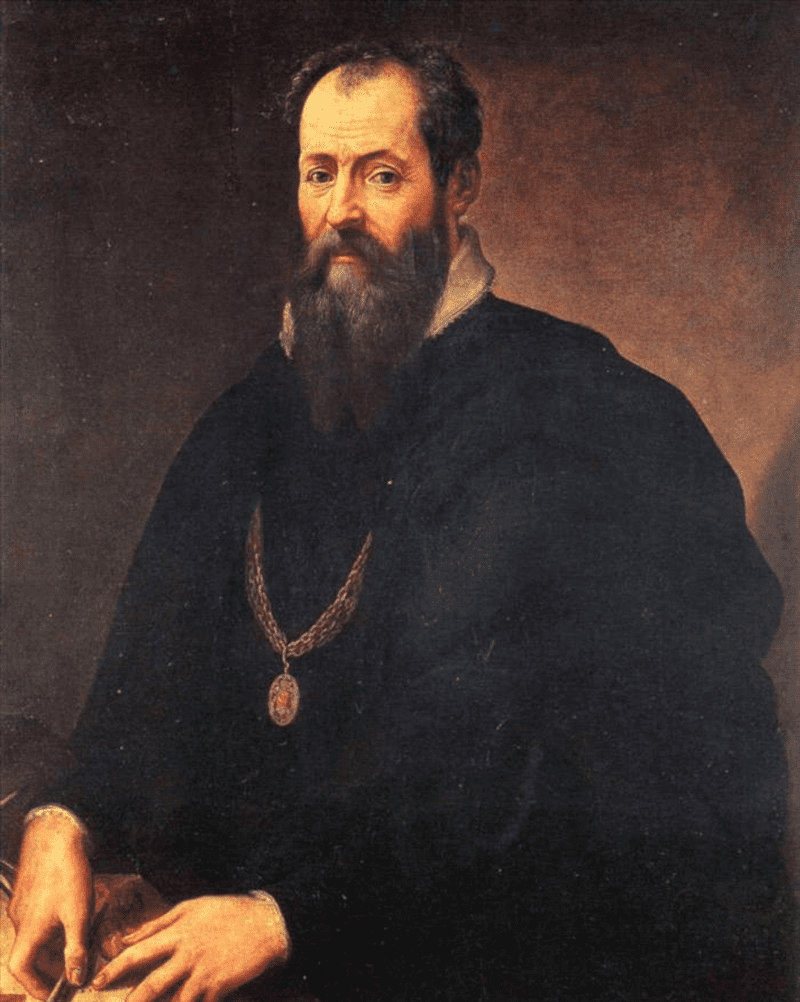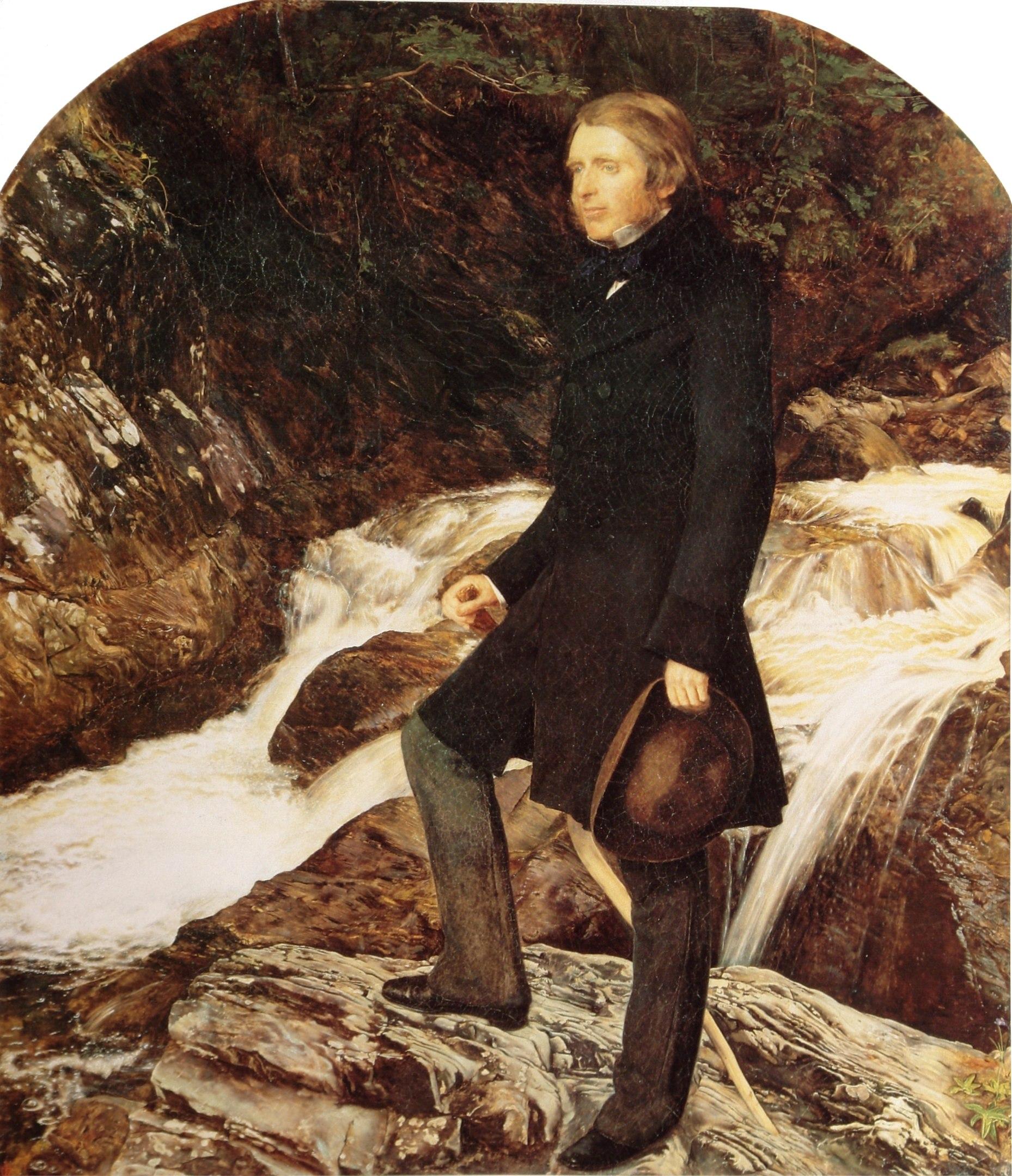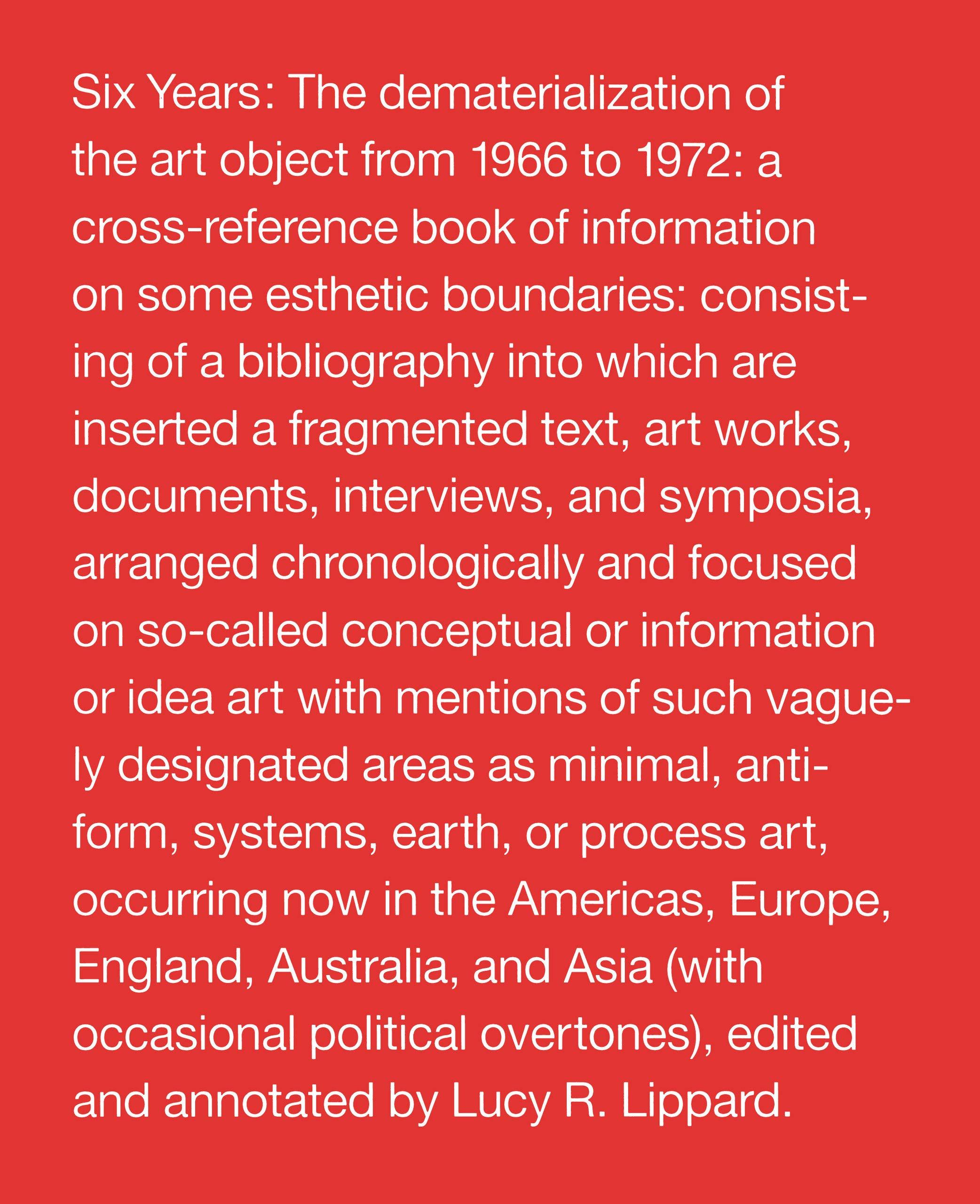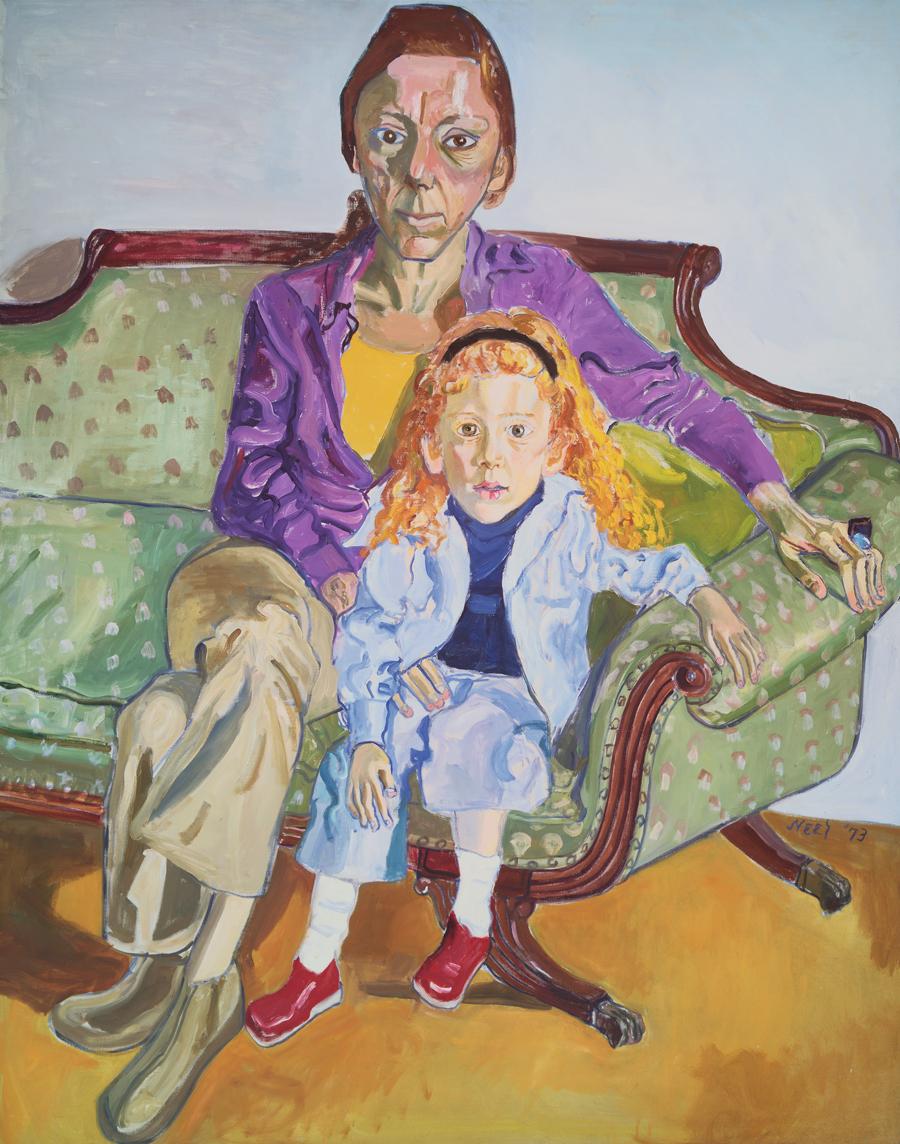Pliny the Elder
Pliny the Elder held many different job descriptions during the Early Roman Empire. Born around 23 A.D., Pliny the Elder’s lived just fifty-five years, during which he was an author, naturalist, and military commander.
Perhaps what Pliny the Elder is best known for is his work Natural History, which is considered the spiritual father of the modern encyclopedia. Of the thirty-seven volumes that were composed, a single edition was dedicated to the art history of the Greeks and Romans. Pliny’s work is especially significant in that it is the earliest known surviving work that describes the art and techniques of his time. It remains an important source for present-day art historians and archeologists, as it describes many works we still value today, like the marble statue Laocoön and his Sons, now at the Vatican Museums.




